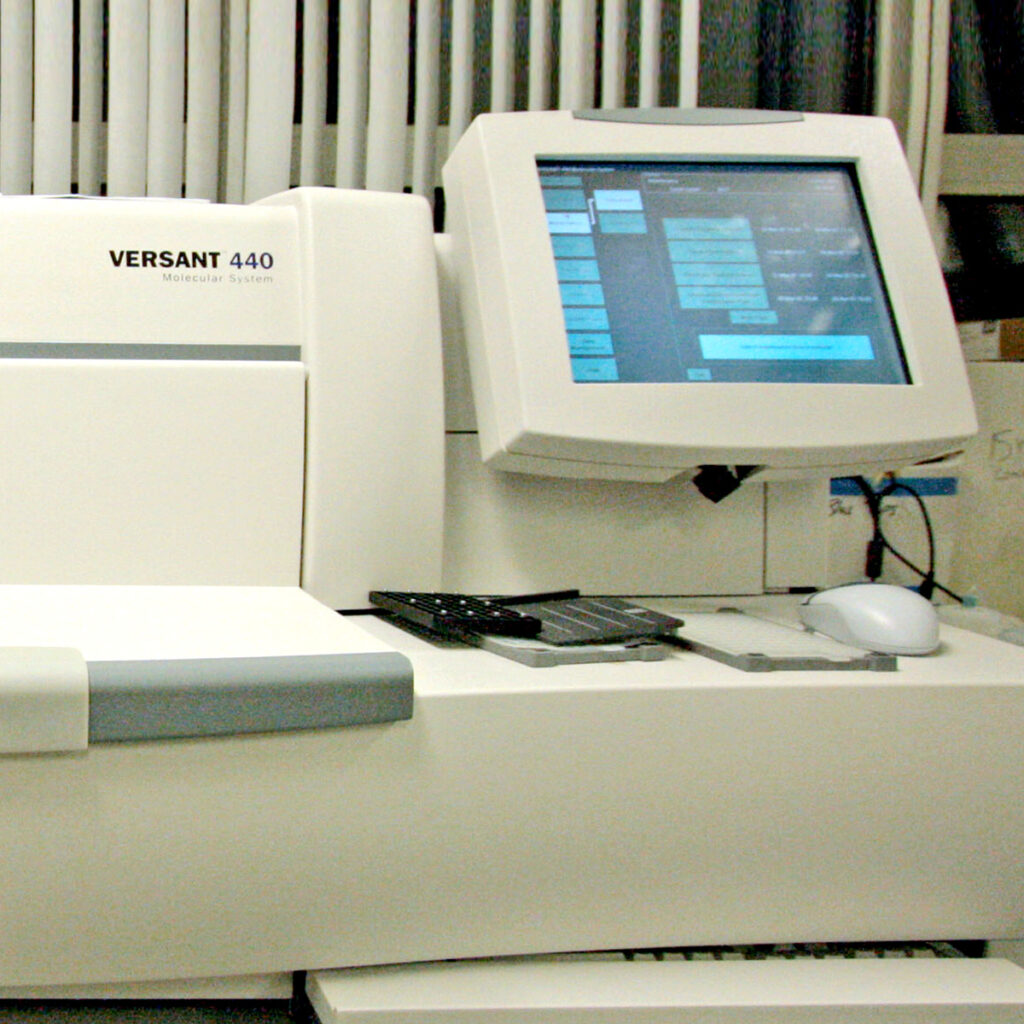Background

Since the mid 1980s Human Immunodeficiency Virus (HIV) infections and Acquired Immunodeficiency Syndrome (AIDS) has become an increasing concern for the healthcare service. The modern Immunology laboratory, in collaboration with other clinical disciplines has an important role to play in management of patients with HIV by quantifying the progess of the disease in terms of the amount of virus present and the number of viable cells of the immune system that remain.
Science
The Human Immunodeficiency virus principally infects specific cells of the human immune system called CD4 Tcells. In healthy individuals these cells are important for organising the appropriate immune system components necessary for an efficient response against infection. Left untreated these infected cells are gradually depleted meaning that the immune system is gradually less able to mount effective healthy responses. When the immune systems is severely compromise opportunistic AIDS related infections including Tuberculosis and Syphilis can become a major problem for health. It is therefore important to monitor the degree of infection and state of the immune system so that appropriate drug regimes can be taken.
Laboratory
The immunology laboratory makes use of two very different techniques in the monitoring of HIV infection. Firstly we can measure the actual amount of viral infection within an individual by measuring the “viral load”. This can be done in several different ways that all fall under the general term of “molecular techniques”. One such technique is real time PCR. The second measurement that we can make is directly related to immune competence but also correlated with viral load and it is a quantification of the number of CD4 T cells that the patient has at any one time during an HIV infection. This measurement is carried out by a technique called flow cytometry that uses the unique characteristics of different immune system cells to first separate the CD4 cells and then quantify them.
Talking Heads – 1
Lorna explains what it is like working in a Molecular / HIV Laboratory
Talking Heads – 2
Shpresa explains what it is like working in a Molecular / HIV Laboratory
